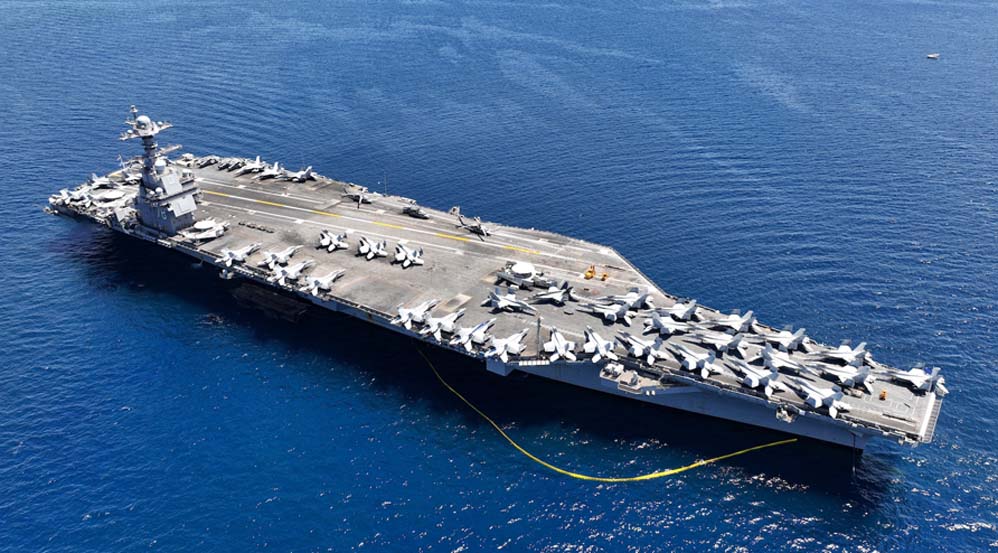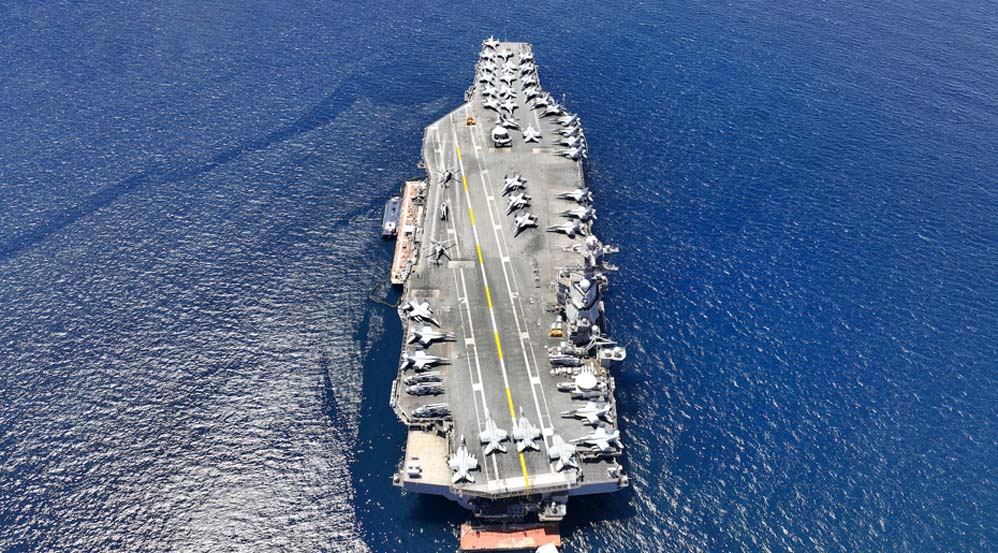- November 20, 2024
- Hawaiian Marine History
- The Most Powerful Naval Ship: A Closer Look at Naval Dominance
Naval ships have long been symbols of power, technological prowess, and national security. Among the many warships sailing the seas, one vessel stands out as the epitome of naval supremacy: USS Gerald R. Ford (CVN-78), the world’s most advanced and powerful aircraft carrier. Launched in 2017 and named after the 38th President of the United States, this state-of-the-art marvel redefines naval capabilities.

An Engineering Masterpiece
The USS Gerald R. Ford belongs to the Ford-class of aircraft carriers, a new generation of U.S. Navy vessels designed to replace the Nimitz-class carriers. At over 1,100 feet long and displacing 100,000 tons, it’s not just its size that is impressive but also its technological innovations.
Key Features
Nuclear Power
The ship is powered by two A1B nuclear reactors, providing virtually unlimited range and power. These reactors generate 250% more electricity than those on Nimitz-class carriers, supporting the vessel’s advanced systems and future technologies.
Electromagnetic Aircraft Launch System (EMALS)
Replacing traditional steam catapults, EMALS offers smoother, more efficient aircraft launches, reducing wear and tear on airframes and enabling quicker sortie rates.
Advanced Arresting Gear (AAG)
This new system improves the recovery of aircraft, including heavier and faster planes, increasing operational flexibility.
Improved Flight Deck Design
The layout allows for 30% more flight operations daily compared to its predecessors, enhancing combat readiness.
Stealth and Survivability
The ship incorporates a reduced radar signature and advanced defensive systems, making it harder to detect and more resilient in combat scenarios.
Power Projection and Mission Versatility
The USS Gerald R. Ford is not just a warship but a floating city capable of projecting power across the globe. Its air wing can carry a mix of:
- F-35 Lightning II jets for precision strike missions.
- EA-18G Growler aircraft for electronic warfare.
- MH-60 Seahawk helicopters for anti-submarine and rescue operations.
The carrier supports humanitarian missions, disaster relief, and serves as a deterrent to aggression. With a crew of over 4,500 sailors, it is a hub of activity, equipped with advanced communications and intelligence systems.
Global Impact
As the flagship of the U.S. Navy, the Gerald R. Ford sends a clear message of dominance on the high seas. It underscores the importance of maintaining maritime superiority in an era where naval power is critical to geopolitical stability. Its deployment strengthens alliances, deters adversaries, and ensures open sea lanes for commerce and security.
The Future of Naval Warfare
The USS Gerald R. Ford represents a turning point in naval engineering and military strategy. Its innovations set a new standard for aircraft carriers, ensuring the U.S. Navy’s dominance well into the 21st century. As other nations, including China and Russia, develop their own advanced warships, the Ford-class carriers are a reminder of the technological and tactical edge that the U.S. continues to hold.

For now, the USS Gerald R. Ford sails as the undisputed king of the oceans, a testament to human ingenuity and the relentless pursuit of excellence in defense.
